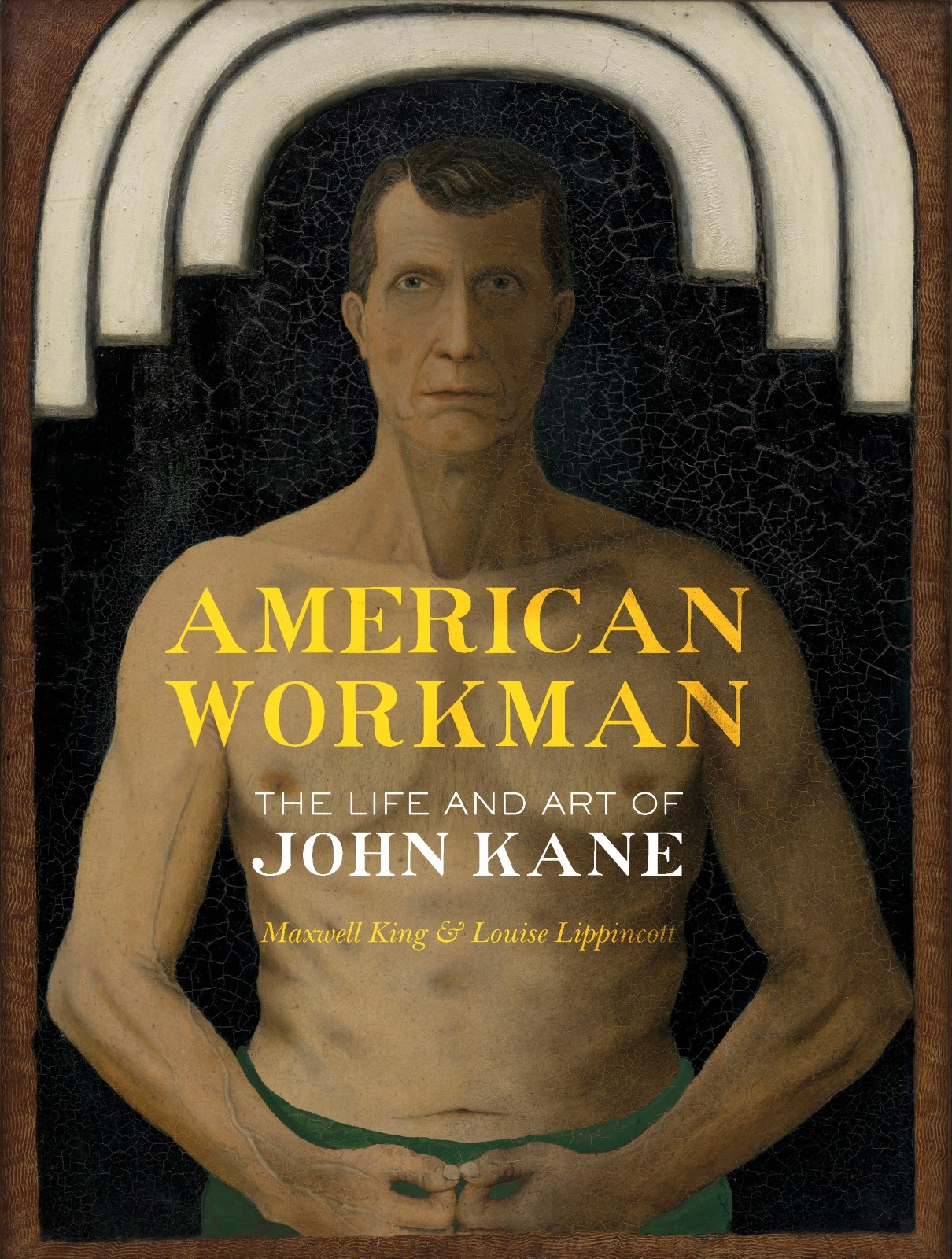When the History Center decided to pursue an exhibition on the life and work of Pittsburgh painter John Kane – Louise Lippincott’s name kept coming up in conversation. A historian and former art curator, Louise, who goes by “Lulu,” managed the largest John Kane collection in the United States at the Carnegie Museum of Art, and recently co-authored the book, “American Workman: The Life and Art of John Kane.” One of the foremost experts on the man and his paintings, Lulu has spent the past year and a half bringing Kane’s work to life in a new way as guest curator for the History Center’s upcoming exhibition, Pittsburgh’s John Kane: The Life & Art of an American Workman.

Why is John Kane’s work important? How is it still relevant today?
John Kane represents a percentage of the Pittsburgh and American population that is very rarely represented in museums. He was an interesting thinker and artist who made an impact on a variety of levels. Many contemporary artists in Pittsburgh who live and work in the city today are inspired by him. He represents this sort of heroic local success story to working artists.
For Western Pennsylvanians who aren’t familiar with John Kane, why should they see the upcoming exhibition?
In terms of how he represents Pittsburgh, think Mean Joe Greene and Jack Ham, John Kane was a guy who never quit, who was ferociously determined to accomplish his goals. He wasn’t taking out quarterbacks, but he had no business rising to the top of the modern art world in the 1930s, and against all odds, he did.
They talk about Pittsburgh being a blue-collar town, John Kane is the ultimate blue-collar guy.
How do you think telling John Kane’s story in a history museum, rather than an art museum, has changed how it is told?
So much of Kane’s life and art cannot be explained by conventional art historical methods. Bringing Kane’s story to life at the History Center gives the paintings context and will allow visitors to get the most out of his work. Because Kane is making art about places, people, and events of the past, it can be difficult to understand his work without learning more of the context that gives it meaning.
What is your favorite piece of art by Kane?
“Crossing the Junction,” the piece in the History Center collection, is magnificent. It is one of his greatest works. (In the exhibit), the painting gets an entire gallery to itself and the team at the History Center has done an extraordinary job with it.

